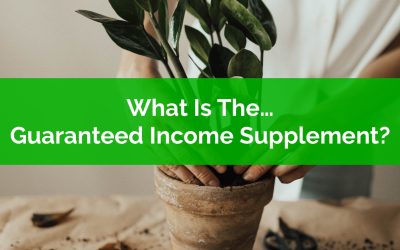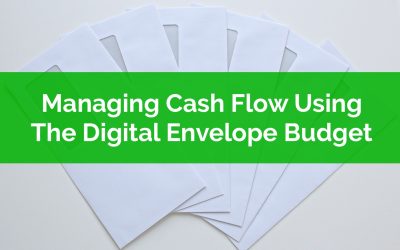Thank you for joining the waitlist!
You’re on the list for early access!
We will contact you via email when we’re ready for you to start your self-directed financial plan. In the mean time here is a quick preview…
Check out our latest blog posts…
What Is The Guaranteed Income Supplement?
The Guaranteed Income Supplement is a government benefit program focused on low-income retirees. It is based on income and is available to low-income Old Age Security (OAS) recipients. It is a non-taxable benefit meant to protect seniors from low levels of retirement income.
The GIS benefit provides income support to over 2.1 million retirees. It provides support to nearly 1 in 3 seniors in Canada. In a given year the Guaranteed Income Supplement will provide over $13 billion in benefits!
GIS is one of the most generous benefits in Canada and because of this it also comes with some extremely high “clawback” rates. GIS benefits get reduced as household income increases. This reduction is called a “clawback” rate because it “claws back” benefits from higher income households. At a certain income level, depending on the household situation, all benefits will be clawed back.
This “clawback” rate is important because it can reach 50% to 75%. This makes low-income retirement planning an important consideration. Not all income triggers the GIS clawback so it’s important to understand where retirement income is coming from and how GIS will be affected. With the average GIS recipient only receiving 54% of the maximum these clawbacks have a big impact.
In this post we’ll review what the Guaranteed Income Supplement is, how it works, how much you could receive, and how the GIS “clawback” works. We’ll also cover some common types of retirement income and how they can affect GIS benefits.
Building A Wealth Snowball
A lot of focus gets placed on the BIG personal finance decisions, buying a home, using a TFSA versus an RRSP, which investments to use etc etc. But really, it’s the small decisions, the ones we make daily, weekly, monthly, these are the decisions that have the largest impact on our personal finances.
When we look at someone’s financial journey, it’s typically not made up of leaps and bounds but rather small steps and steady progress. There typically isn’t one defining moment that leads to someone’s wealth. It’s usually a repeated process of saving and investing.
Like a snowball, wealth usually starts small, but it builds quickly. It generates more and more momentum as it gets larger until it becomes something unstoppable.
To build a wealth snowball is simple. It requires commitment in the beginning, with new contributions made on a regular basis. It requires growth, those contributions need to be invested and any investment income needs to be reinvested. And it requires time, time for the wealth snowball to gain momentum.
Given those three factors, at some point in the future, the wealth snowball will be driven not by contributions but by growth. New contributions will be dwarfed by annual investment growth and the snowball will grow faster and faster.
The important thing when building a wealth snowball is to stay on track, ensure spending is less than income, ensure the leftover gets invested regularly, and keep focused on the long-term because it takes a bit of time before growth overtakes contributions.
Managing Cash Flow Using The Digital Envelope Budget System
Whether it’s a torrent or a trickle, having a system to manage cash flow can help make money easy. One of the most time-consuming things about personal finances is managing income and spending. But what if you had a budgeting system that helped you manage that monthly cash flow? And what if that system was free, easy to set up, and simple to maintain?
Managing income and spending is the best way to achieve financial freedom. It doesn’t take much to go from financial ruin to financial success. It can be as little as $10 per day. It’s not about stellar investment returns, or risky real estate investing, or earning six figure salary, it’s all about paying attention to income and spending.
But old methods of managing cash flow need to be updated for the digital age. Cash is less prevalent, and credit and debit transactions dominate. Any system for managing income and spending needs to be digital, automated, and easy to set up and maintain.
The envelope budget is a classic way to manage income and spending. It’s a proven way to manage cash flow and it’s easy to understand. Money gets allocated to certain envelopes and spent during the month. As money in an envelope gets low this provides a signal to slow down on spending until the envelope gets replenished on the next payday.
Thanks to no-fee online bank accounts, the envelope budget can be easily adapted to the digital age.
But it’s not as simple as just creating a few new bank accounts. To manage cash flow with the digital envelope budget system it helps if you have a budget already created. This may require tracking your spending for a few weeks or months. Or it may require looking at past statements. It also requires an online no-fee bank account.
This is how you set up the digital envelope budget system.



